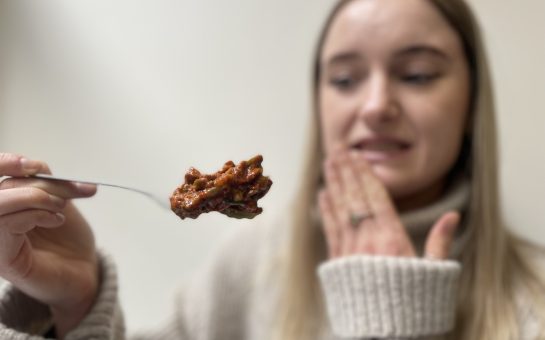Curry is now a British favourite, but for me it’s a way of life.
I can tell you what saag aloo, gobi and tarka daal are, yet when I’m asked to recommend a curry I break into a cold sweat.
I’m perplexed as to what a korma, vindaloo or dhansak even are, as are most people who grew up eating curries.
With this in mind, MM have broken down the most common types of curry variations, so the next time someone asks what to recommend I know what they’re talking about.
Korma
Believed to have been created by Rajput cooks in the royal palaces of the Mughal Emperor Akbar the Great.
The dish itself contains ingredients such as cumin, coriander, turmeric, bay leaves and chilli powder.
The meat is marinated in yogurt, cream or coconut milk is used to help give the final product a creamy texture.
The korma isn’t the curry itself but rather the method used to make the dish, cooking the ingredients under a low heat for a long period of time. It’s the perfect dish for those who love a good curry but can’t handle the heat.
Vindaloo
The origins of this dish are more European than Indian. The word vindaloo derives from the Portuguese Carne de Vinha d’alho, meat in wine and garlic.
This was a cooking style used in order to persevere meat for longer. In the 16th century the Portuguese arrived on Indian shores and brought with them this dish.
The meat which was used in this dish was pork however, over time locals adapted the dish and now lamb and chicken are the most common meats used.
The vindaloo is seen as the traditional dish of Goan Catholics. Vinegar, chillies, cumin, peppercorns, ginger, turmeric, fenugreek seeds and paprika are the spices used to make this fiery number.
Dhansak
Created by Parsi (Indian Zoroastrians) refugees who came to India and settled in the Gujarat region of India. The dish is a fusion of Persian and Gujarati cuisines.
The dhansak has a sweet, sour and spicy combination. It is made from a thick lentil sauce and cooked with chicken or mutton.
Chilli powder is used to make the curry spicy, sugar is used for the sweetness and lemon or lime juice is added to give the dish a sour kick. The contrasting taste make the dhansak perfect for someone who wants something out of the ordinary.
Rogan Josh
The origins of the Rogan Josh are disputed, some say it’s Persian whilst other says it comes from Kashmir, a region in Northern India.
The word Rogan translates to ghee (clarified butter) in Persian and Josh translates to hot. The meat used in this dish is often lamb cooked in ghee.
A number of spices are added to the mix, in particular Kashmir chillies which help give the Rogan Josh its red hue.
The spice level of the Rogan Josh can be adapted but, it’s often seen as a medium to hot curry.
Image courtesy of Stephanie via Flickr, with thanks.
